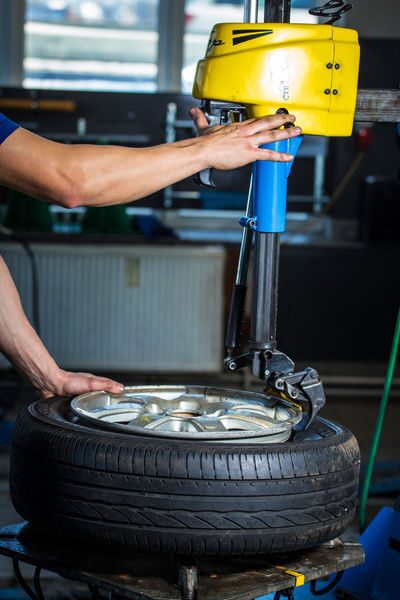Ask a question, get an answer ASAP!
GET A QUOTE
Tire Rotation Cost
Service Location
Upfront, Transparent Price
(1,055)You know that tires are an important part of your vehicle and you can’t get anywhere without them. However, there is a lot more to this component on your vehicle than you may realize.
When you go to purchase a new tire, you must provide a set of numbers and letters if you want an exact match. However, many people don’t know what all or part of the set means. Each portion of these numbers and letters is important to your specific tire.
Class of tire: The first letter indicates what class of vehicle you have. For instance, a “P” indicates a passenger car while “LT” indicates that it is a tire for a light truck.
Section width: The first set of numbers is usually three numbers and measures the width of the tire in millimeters from one sidewall to the other. It will say something like “185” or “245.”
Aspect ratio: After a backward slash, you will have a set of two numbers. This number refers to the height of the sidewall of the tire. It is a percentage of the previous number. For example, you might see a 45, which indicates that the height is 45% of the width of the tire.
Speed rating: This is a letter rather than a number because it provides a classification rather than an exact speed to indicate the maximum speed you can travel on the tire. Z is the highest rating.
Construction: The next letter indicates what type of tire you have. An “R” indicates that it is a radial tire, which means that it contains multiple layers of fabric with additional layers provided around the circumference to strengthen the tire. Radial tires are the most common for automobiles. You may also see a “B” for bias belt or “D” for diagonal.
Wheel diameter: The next number tells you what size wheel the tire will fit. Common numbers include 15 or 16 for cars, 16-18 for SUVs and 20 or higher for many trucks. The size is measured in inches.
Common numbers include 15 or 16 for cars, 16-18 for SUVs and 20 or higher for many trucks. The size is measured in inches.
Load index: This tells you how much weight the tire can bear. It is important to use tires that can handle the required weight.
Speed rating: This letter tells you how many miles per hour you can travel on the tire.
The diameter of your tire is important because it impacts your vehicle’s traction and stability. Generally, a wider tire will be more stable than one that is narrow. Bigger tires are more susceptible to damage than one that has a smaller size. Tires with shorter sidewalls can create a rougher ride, while the longer sidewalls will enhance your comfort as you travel. For most people, it is a combination of performance and comfort that makes them select a specific size of tire.
The tread or rubber that you see on a tire is only a portion of what makes up the tire.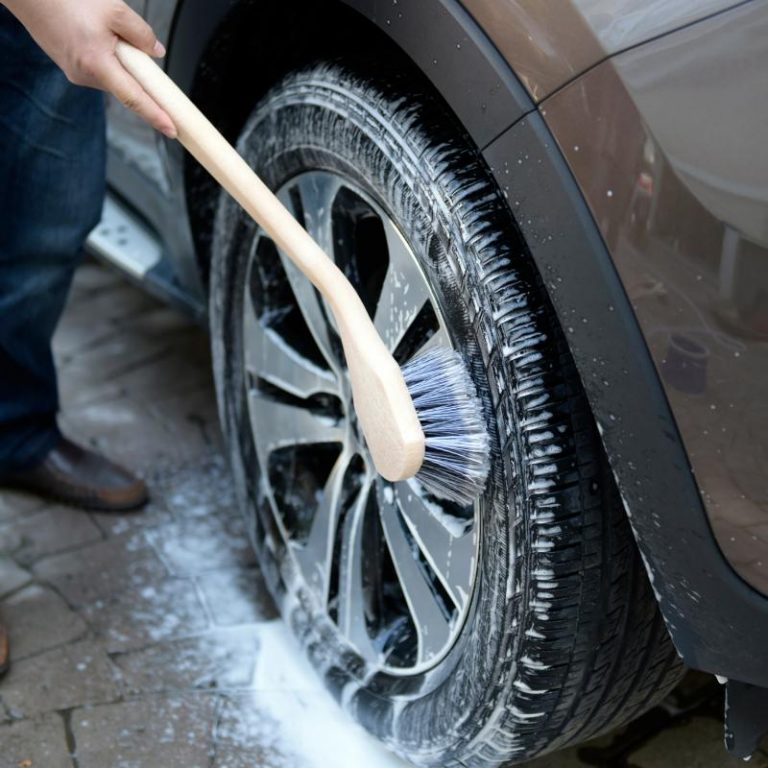 Many other components are hidden beneath this covering.
Many other components are hidden beneath this covering.
Bead: The bead consists of steel cable that is coated with rubber, it holds the tire in place on the rim and handles the force needed for installation.
Body: This consists of multiple layers with different fabrics also known as plies. The number of plies a tire has directly relates to how strong the tire is. An average car tire will have two plies. The most common fabric used in vehicles today is polyester cord and coated with rubber to bond with the rest of the components of the tire. When these plies run perpendicular to the tread, they are known as radial. Diagonal bias tires have plies that run at an angle.
Belts: Not all tires are belted, but those that do have steel belts located under the tread to provide reinforcement. They help prevent punctures and help ensure the most contact with the road for added stability.
Cap plies: These are seen on some vehicles to hold other components in place, most often seen in high performance tires.
Sidewall: This component provides the stability for the lateral portion of the tire and protects the body to keep air from escaping.
Tread: The outer layer of the tire, which is created from multiple types of natural as well as synthetic rubber; it starts out smooth until patterns are created. When the components are put together, the tread pattern is created. The depth of the tread impacts the capability of the tire. A tire with a deeper tread pattern has a stronger grip, especially in soft surfaces. A shallow tread pattern provides faster performance but takes away the grip needed for traction. This is why racing tires are illegal on most roads.
Car tires may be designed to be all-season or seasonal. Seasonal tires are developed based on road conditions most often seen in that season. For instance, winter tires are designed to handle snow and ice while summer tires are better on dry pavement. All-season tires are built to handle all kinds of conditions.
All-season tires are built to handle all kinds of conditions.
Summer tires: These are often considered high-performance tires, feature large blocks of tread that are stiff with wide grooves to expel water; the rubber is designed for warm weather.
Winter or snow tires: These feature softer rubber and tread which produce adequate grip in low temperatures with tread patterns that grip into snow; often feature thin cuts known as sipes that crisscrosses the blocks of tread to further enhance grip.
All-season tires: This kind of tire has medium-sized blocks of tread with some sipes and a rubber that fits a range of temperatures.
A tire holds air to give it the correct shape and firmness to carry a vehicle down the road. The amount of air inside the tire is measured by the amount of pressure per square inch or designated as psi. This number comes from the part of the tire that comes in contact with the road, or the contact patch.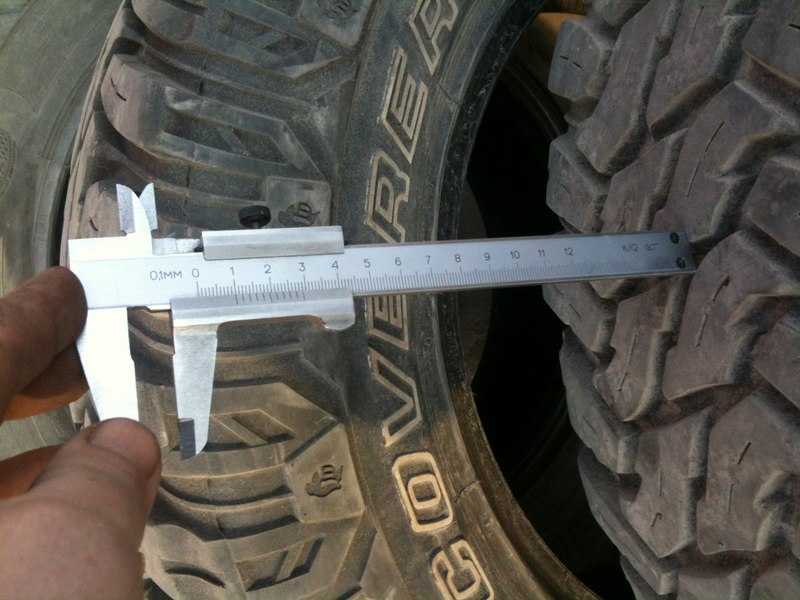 It is the portion of the tire that is not completely round.
It is the portion of the tire that is not completely round.
A tire that is properly inflated will look almost round while one that is under-inflated will appear flatter. The number of psi that must be maintained in the tire is what is required for the contact patch to be at the correct size.
A tire that is over or under-inflated is at a higher risk of damage. It also lessens the stability of the vehicle when traveling. For example, a tire with too much air won’t have enough contact with the road and will be more likely to spin or lose control, especially in adverse road conditions.
The tires must carry the vehicle along the road, but it requires so much force exerted by the vehicle to accomplish this task. The power required comes from the weight of the vehicle and the speed it is going. The tires require a lot of friction to force them to move. That amount of friction is impacted by the weight of the vehicle, which creates a coefficient of rolling friction. For an average tire, the coefficient of rolling friction or CRF is 0.015, which is multiplied by the weight of the vehicle.
For an average tire, the coefficient of rolling friction or CRF is 0.015, which is multiplied by the weight of the vehicle.
The tire generates heat because of the friction with a higher heat buildup when more force is required to move the vehicle along. The amount of heat also depends on the firmness of the surface. Asphalt creates more heat on the tire while soft surfaces like sand build up less heat. On the other hand, the CRF increases on soft surfaces because it takes more power to move the tires along.
Tires must be maintained to increase their life and wear. Tires that are overinflated wear more in the center of the tread while under-inflation causes them to wear along the outside of the tire. When tires are out of alignment, they wear unevenly, especially along the inside or outside. Worn areas are more susceptible to picking up sharp objects or getting holes in them when you run over sharp objects.
Tires that are badly worn may not be able to be repaired when they are flat.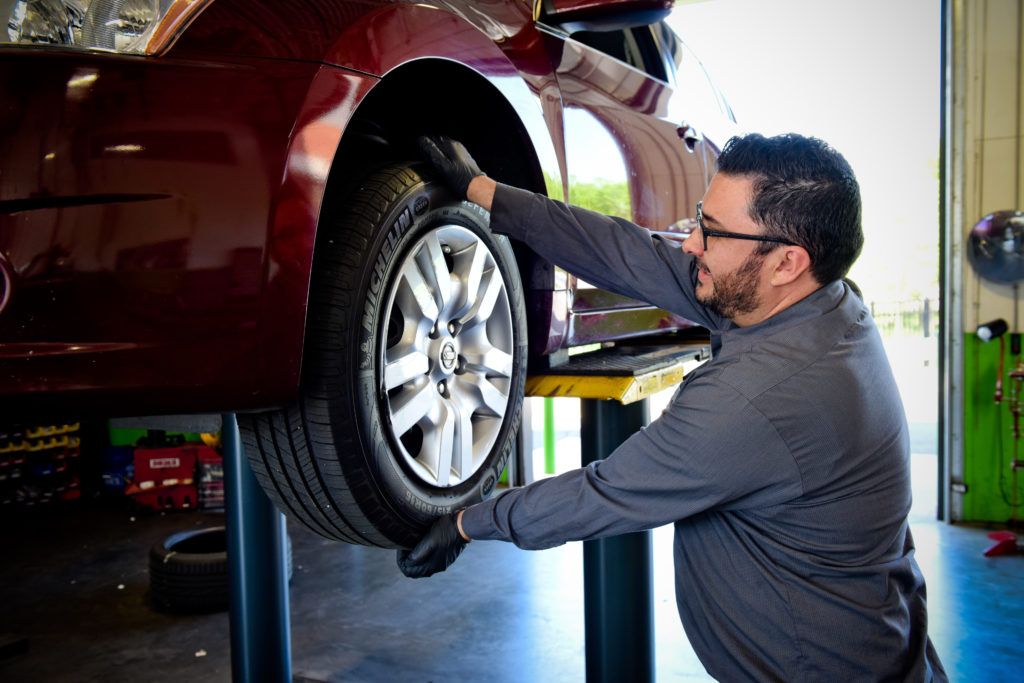 A certain amount of tread is required for the repair to be made. Another problem is when the steel belt breaks in a belted tire. It is no longer repairable and must be replaced.
A certain amount of tread is required for the repair to be made. Another problem is when the steel belt breaks in a belted tire. It is no longer repairable and must be replaced.
Tires come with various warranties based on how many miles they are expected to last. They can range from as low as 20,000 miles to upwards of 100,000 miles. The average tire will last between 40,000 and 60,000 miles if properly maintained. The life of a tire is directly affected by keeping it properly inflated, rotated as needed and the type of surface most often driven on.
The most popular service booked by readers of this article is Tire Rotation. YourMechanic’s technicians bring the dealership to you by performing this job at your home or office 7-days a week between 7AM-9PM. We currently cover over 2,000 cities and have 100k+ 5-star reviews... LEARN MORE
SEE PRICING & SCHEDULING
Tires
Traction Control
The statements expressed above are only for informational purposes and should be independently verified.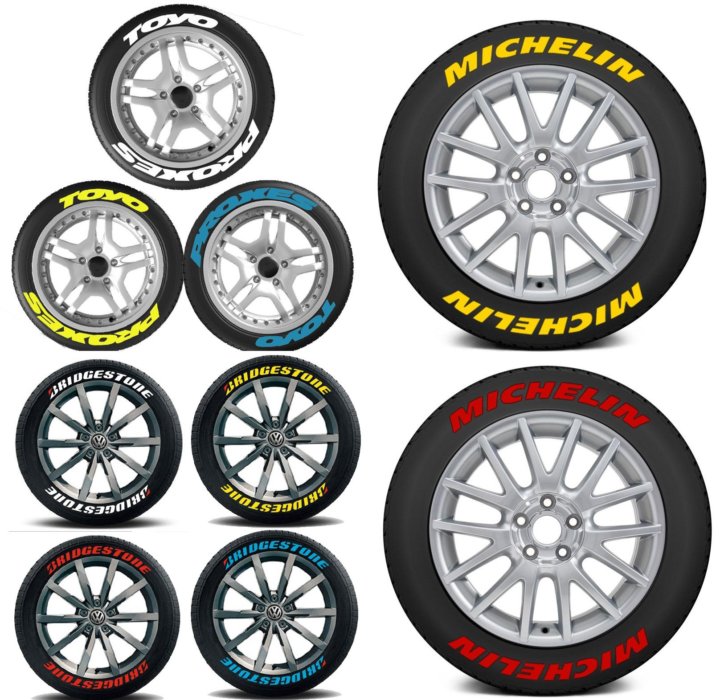 Please see our terms of service for more details
Please see our terms of service for more details
4.2 Average Rating
Service Hours
7 AM - 9 PM
7 days a week
Phone Number
1 (855) 347-2779
Phone Hours
Mon - Fri / 6 AM - 5 PM PST
Sat - Sun / 7 AM - 4 PM PST
Address
We come to you at no extra charge
Guarantee
12-month/12,000-mile warranty
Our certified mobile mechanics perform over 600 services, including diagnostics, brakes, oil changes, scheduled mileage maintenances, and will come to you with all necessary parts and tools.
Get a fair & transparent quote instantly before booking.
(
1,055
)
SEE REVIEWS NEAR ME
21 years of experience
1068 reviews
Request Pardeep
Pardeep
21 years of experience
Request Pardeep
by Linda
Honda Civic L4-1.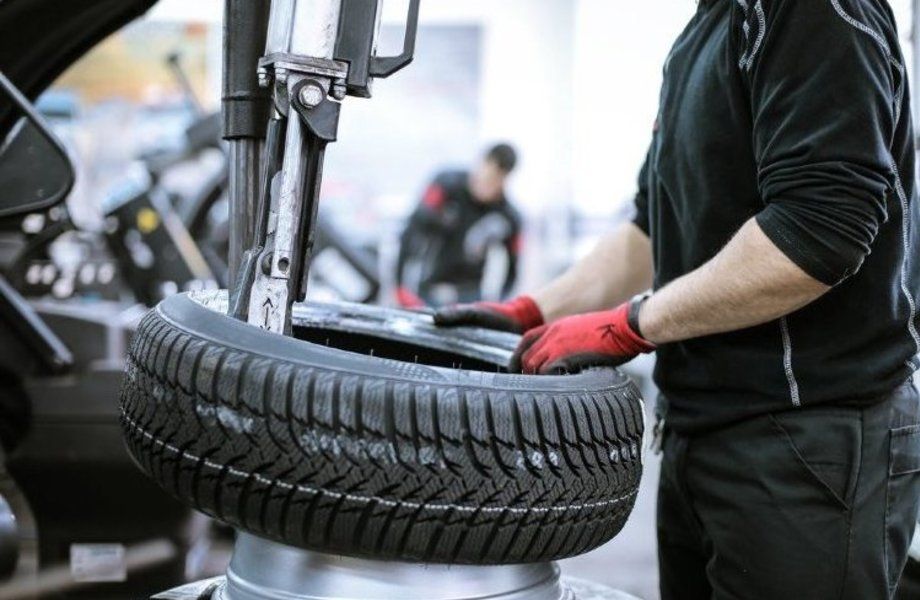 8L - Tire Rotation - San Jose, California
8L - Tire Rotation - San Jose, California
Pardeep was on time for the appt, actually early, and finished quickly and efficiently. Thank you very much.
by Ulysses
Toyota Prius - Tire Rotation - Fremont, California
Mr. Singh was on time, gave good advice and did the services very well. By the way, this is the third time I have my car serviced by him.
24 years of experience
244 reviews
Request Jermaine
Jermaine
24 years of experience
Request Jermaine
by Jessica
Toyota Corolla L4-1.8L - Tire Rotation - College Park, Maryland
Jermaine has been very timely with all his service visits, including this one. It's awesome to be able to trust someone to come home and work on my car.
by Harriet
Volvo 244 - Tire Rotation - Washington, District of Columbia
Jermaine is very professional and very respectful. He rotated the tires and changed the oil. He also gave me suggestions on what else I needed to have checked out on my car. .
.
16 years of experience
99 reviews
Request Jeffrey
Jeffrey
16 years of experience
Request Jeffrey
by Mary
Honda Accord L4-2.2L - Tire Rotation - Saint Petersburg, Florida
Jeffrey arrived when he said he would and was very efficient and neat. I asked for some advice about gasoline additives and he was most helpful.
36 years of experience
541 reviews
Request Rodney
Rodney
36 years of experience
Request Rodney
by Nicole
Nissan Xterra V6-4.0L - Tire Rotation - Sacramento, California
Rodney was prompt, professional, friendly, and very knowledgeable. I am always curious about learning how cars work and he was patient and open to answering my questions. Additionally, he provided educational insight and tips about the services he performed on my car.
Our certified mobile mechanics make house calls in over 2,000 U. S. cities. Fast, free online quotes for your car repair.
S. cities. Fast, free online quotes for your car repair.
GET A QUOTE
GET A QUOTE
Is it Safe to Drive With a Flat Tire?
Once Once a tire loses a large amount of air pressure, it causes a flat tire. Overuse, puncture, improper air pressure, or a defect can cause a tire to become flat. Furthermore, driving on underinflated tires can cause damage and...
How to Maintain and Protect Your Tires
Car tires are important to staying safe on the road. Check your tire pressure or if there is any dry rot or cracking to make your tires last longer.
How to Replace a Yaw Rate Sensor
Yaw rate sensors monitor traction, stability, and the anti-lock braking system to alert you when the car tilts at an unsafe degree.
Uneven tire wear and excessive shaking in the steering wheel once hitting highway speeds.
Hi there, thanks for writing in. Based on your description of the symptoms and tire wear, it seems that your mechanic probably is correct. When the tie rod and ball joints (https://www.yourmechanic.com/article/symptoms-of-a-bad-or-failing-tie-rod-end) are damaged, they will cause the suspension to...
Bottome of vehicle makes a helicopter sound when driving at slow speeds
The sound you are hearing is related to the tires moving from what it sounds. The first thing to inspect is proper tire inflation. Tires make strange noises when they are low or damaged. Second needs to be the brakes....
I own a 2006 Cayman S. I brought it into the dealer for some concerns - please help me decide what to do
Hello - tire "speed range ratings" like "N" are for sustained speed at a specified load. If you participate in "track days" or other high-speed driving events, you would be wise to stick with an equivalent "N" rated tire, whether. ..
..
Cities
Services
Estimates
Our service team is available 7 days a week, Monday - Friday from 6 AM to 5 PM PST, Saturday - Sunday 7 AM - 4 PM PST.
1 (855) 347-2779 · [email protected]
Read FAQ
GET A QUOTE
Get a quote
Symptoms of a Bad or Failing Steering Column
Common signs include steering tilt not locking, clicking or grinding sounds while turning, and the steering wheel operating roughly.
How Long Does a Heat Shield Last?
The The heat that is produced by the exhaust system of an engine is much higher than most people realize. With all of the vital and sensitive components that are on your engine, it is important to have the right...
Symptoms of a Bad or Failing Ignition Coil
Common signs include the Check Engine Light coming on, engine misfiring, rough idle, a reduction in power, and the car not starting.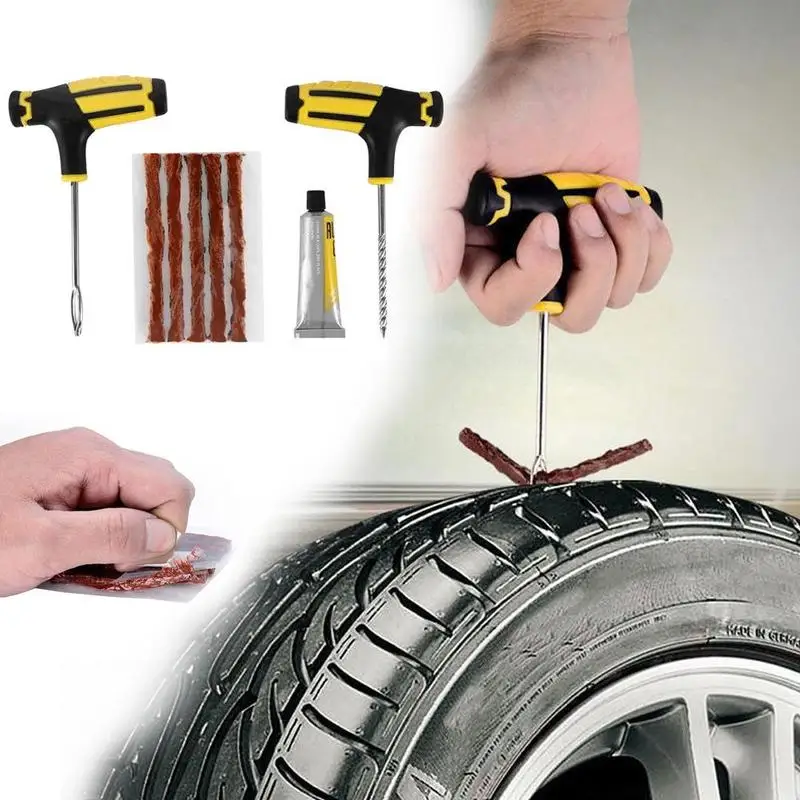
How to Replace a Fuel Pump Relay
The fuel pump has a relay that fails when there is no audible humming sound as the ignition is turned and when the car cranks after longer than usual.
How to Test an Ignition Coil
If you suspect your car has a faulty ignition coil, use a multimeter to test it out in 7 straightforward steps.
How to Read and Understand Check Engine Light (OBD-II) Codes
The Check Engine Light indicates a trouble code stored in the car’s computer and can indicate a number of issues.
When Should I Change My Oil?
Oil needs to be changed at specific intervals. With Mobil 1 synthetic oil, you can optimize performance and change your oil less frequently.
What Is the Shelf Life of Motor Oil?
If you plan on storing your oil, it's good to know how long motor oil lasts. Store your motor oil in a cool, dark place to make your oil last longer.
What Are the Risks of Switching to Synthetic Oil in Older Cars?
Older cars usually have to use conventional motor oil instead of synthetic motor oil. Switching to synthetic can cause engine leaks or engine damage.
Do Cars Need Oil Changes More or Less Often As They Age?
Car engines wear out as miles add up. Older engines and engines with high mileage have lower tolerances, making more frequent oil changes necessary.
Why Are 5W-30 and 5W-20 Oils So Common?
Changing oil is one of the most important car care tasks. Most cars use 5W-20 or 5W-30 oil because those oils work best in hot or cold temperatures.
Why Does Motor Oil Viscosity Matter?
Motor oil viscosity determines how thick or thin the oil is. Multiviscosity oils make it unnecessary to change your oil for different seasons.
How Does Oil Lubricate an Engine?
Oil is an essential fluid in your car engine. Motor oil lubricates engine parts and prevents car overheating. Changing oil helps extend engine life.
Motor oil lubricates engine parts and prevents car overheating. Changing oil helps extend engine life.
How Long Does a Steering Column Last?
Your Your car’s steering wheel is the key to maneuvering on the road, into parking spaces and more. However, it doesn’t do its job alone. In fact, it’s only one part of many in the steering system. The steering column...
Is it Safe to Drive With an EVAP Leak?
While it is safe to drive with an EVAP system leak, it causes excess car pollution. Fixing the problem is often as simple as tightening the gas cap.
What Does a Sway Bar Do?
A sway bar (also called an anti-sway bar or anti-roll bar) is a component of some vehicles’ suspensions. You might guess...
How to Replace a Fuel Pump
Fuel pumps help push gas from the fuel tank to the fuel rail. Fuel pumps have filters to prevent small particles from entering the car engine.
Is it Safe to Drive With a Vacuum Leak?
A leak is the most common problem with the vacuum system. If the vacuum system in your vehicle is leaking, your vehicle...
How to Replace a Cruise Control Brake Release Switch
The cruise control is turned off by the brake release switch which fails either when the cruise control does not deactivate or does not set properly.
Why Do Cars Have Different Oil Change Intervals?
Car oil change intervals depend on the make, model, and year of the car. The correct type of oil and how the vehicle is used makes a difference too.
Do I Need to Change My Motor Oil for Hot or Cold Weather?
Outside temperature can change how motor oil works. Multiviscosity motor oil makes it easy to keep your car running efficiently all year around.
A Guide to Motor Oil Additives
Motor oil contains various additives to make it perform better. Conventional and synthetic oils both contain additives which help prevent engine wear.
Conventional and synthetic oils both contain additives which help prevent engine wear.
What Type of Oil Should I Use?
Changing oil in your car is among the most important car maintenance tasks. Your engine may use synthetic motor oil, conventional, or either oil type.
How to Prevent Motor Oil Sludge
Regular oil changing in your car helps prevent sludge. Motor oil sludge can cause worse gas mileage, low oil pressure, and damage to engine parts.
How Much Oil Does My Car Take?
Motor oil is vital to engine function. Usually 4-cylinder engines use five quarts of oil, 6-cylinder engines use six quarts, and V8 engines use eight.
With the growing popularity of GPS control of vehicles and agricultural machinery, the popularity of control using the CAN bus has also increased. Let's take a look at why using the CAN bus is a really great solution.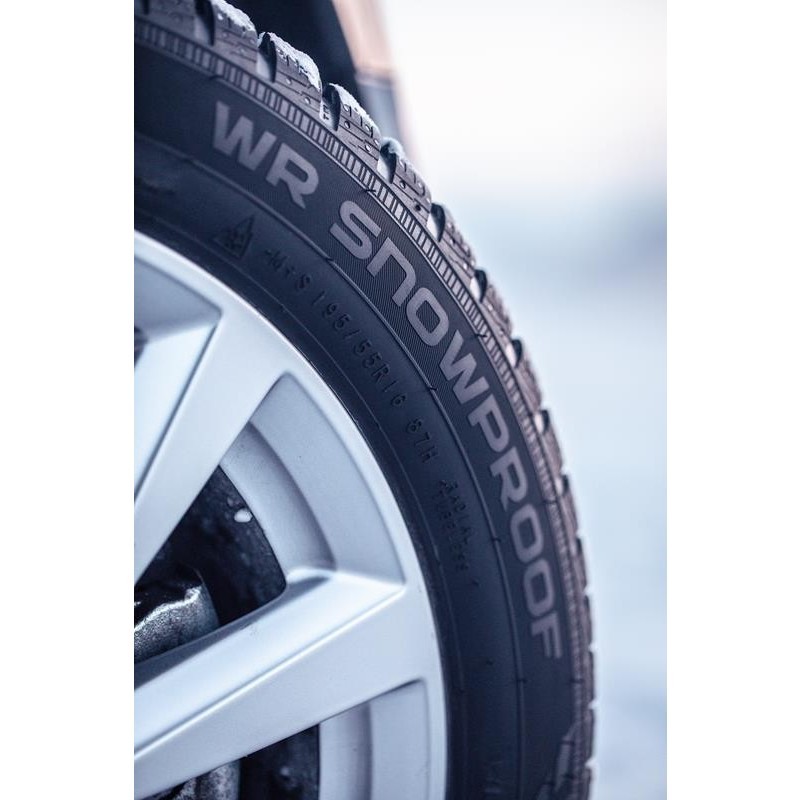
CAN bus is an interface or digital communication system for controlling the vehicle's electrical devices. The main purpose of using a network of controllers is to collect, analyze and control data received from all devices installed on the vehicle. The CAN bus was invented in the 80s of the last century by the famous German company Robert Bosch GmbH. The use of the CAN bus is one of the best solutions for modern businesses, whose activities are closely interconnected with the use of commercial vehicles: trucks, buses, agricultural machinery, etc. With the help of a unified control system for electrical devices of the vehicle, you can fully control its condition and quickly take all necessary measures to eliminate the identified problems. An additional advantage of the technology is the connection to the CAN bus of on-board GLONASS/GPS controllers and fuel level sensors. GPS-monitoring of vehicles using CAN-bus is an effective method for obtaining all parameters of vehicle operation.
Get advice
To understand how the CAN bus works, you can imagine this technology as a single network that combines sensors and other actuators of a particular vehicle. The bus itself is represented by a twisted pair cable with 2 separate lines - CAN-high, CAN-low. Data is transmitted over the bus from one to the other block of the on-board computer at a rate of 1 Mbit per second. The voltage to each element is transmitted from the on-board network. However, the bus differs from standard wiring in that it connects the elements in parallel. This greatly simplifies wiring and reduces the number of wires. Due to this, a unified monitoring system of indicators is characterized by high reliability.
The controller records all errors and malfunctions. They are processed, and the node in which errors were identified is disconnected from the general connection by default.
If we analyze the key characteristics of modern CAN-buses, we can distinguish the following:
 With regard to fiber optic wires, they provide the highest data transfer rate. Other advantages of the option include high reliability and a long service life compared to twisted pair and cable.
With regard to fiber optic wires, they provide the highest data transfer rate. Other advantages of the option include high reliability and a long service life compared to twisted pair and cable. The type of bus is also an important characteristic, according to which the interfaces are classified as follows:

Order a free calculation
Connecting to the car's CAN bus allows you to effectively solve a whole range of tasks:
Agricultural, transport, utility, construction companies also use interfaces for centralized tracking of vehicle operating parameters. For example, connecting to the tractor's CAN bus will allow you to receive information on the following parameters:

Connecting to the CAN-bus of the combine allows you to get not only engine performance, but also the turn-on and operation time of the header, threshing, bunker loading, etc.
The interface has its advantages and disadvantages. Pluses of the CAN-bus:
Possible disadvantages of CAN buses:
Installation of CAN bus on equipment, regardless of its purpose, must be trusted by true professionals in their field. The specialists of our microtronic. com.ua company have extensive experience in working with agricultural and freight vehicles, therefore they will provide services for the quick and correct installation of the CAN bus. For all your questions, you can contact our managers using the contact information indicated on the website.
com.ua company have extensive experience in working with agricultural and freight vehicles, therefore they will provide services for the quick and correct installation of the CAN bus. For all your questions, you can contact our managers using the contact information indicated on the website.
In order to understand the principles of the CAN bus, we decided to write / translate a number of articles on this topic, as usual, based on materials from foreign sources.
One of these sources, which, as it seemed to us, quite appropriately illustrates the principles of the CAN bus, was a video presentation of the training product CANBASIC by Igendi Engineering (http://canbasic.com).
You can also read our second translated article Introduction to CAN.
Welcome to the presentation of a new CANBASIC product, a training system (board) dedicated to the functioning of the CAN bus (CAN).
We'll start with the basics of building a CAN bus network. The diagram shows a car with its lighting system.
Conventional wiring is shown, with each lamp directly connected to some kind of switch or brake pedal contact.
Now similar functionality is shown using CAN bus technology. The front and rear lights are connected to the control modules. The control modules are connected in parallel with the same bus wires.
This small example demonstrates that the volume of electrical wiring is reduced. On top of that, the control modules can detect burned out bulbs and inform the driver about it.
The car in the specified view contains four control modules and clearly reflects the construction of the training system (board) CANBASIC
In the above, there are four bus nodes (CAN nodes).
The front module controls the front lights.
The alarm unit provides control of the interior of the vehicle.
The main control module connects all vehicle systems for diagnostic purposes.
The rear node controls the rear lights.
On the CANBASIC training board, you can see the routing (location) of three signals: "Power", "CAN-Hi" and "ground", connected in the control module.
In most vehicles, you need an OBD-USB converter to connect the main control module to a PC using diagnostic software.
The CANBASIC board already contains an OBD-USB converter and can be directly connected to a PC.
The board is powered by the USB interface, so no additional cables are needed.
Bus wires are used to transfer a lot of data. How it works?
This data is transmitted sequentially. Here is an example.
The person with the lamp, the transmitter, wants to send some information to the person with the telescope, the recipient (receiver). He wants to send data.
In order to do this, they agreed that the recipient monitors the status of the lamp every 10 seconds.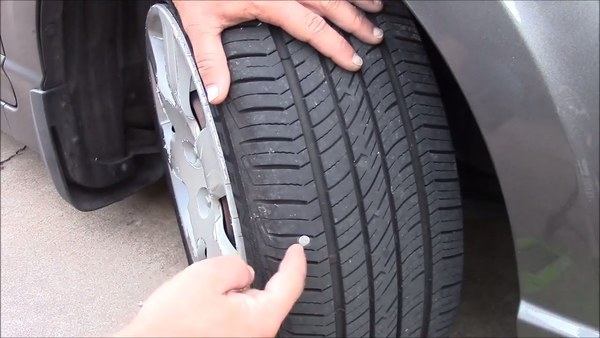
It looks like this:
After 80 seconds:
Now 8 bits of data have been transmitted at a rate of 0.1 bits per second (i.e. 1 bit per 10 seconds). This is called serial communication.
To use this approach in an automotive application, the time interval is shortened from 10 seconds to 0.000006 seconds. To transfer information by changing the voltage level on the data bus.
An oscilloscope is used to measure the electrical signals of the CAN bus. Two test pads on the CANBASIC board allow this signal to be measured.
To show the full CAN message, the oscilloscope resolution is reduced.
As a result, single CAN bits can no longer be recognized. To solve this problem, the CANBASIC module is equipped with a digital storage oscilloscope.
We insert the CANBASIC module into a free USB socket, after which it will be automatically detected. The CANBASIC software can be launched right now.
The CANBASIC software can be launched right now.
You can see the view of the software oscilloscope with the bit values attached. Red shows the data passed in the previous example.
To explain other parts of the CAN message, we colorize the CAN frame and attach descriptive captions to it.
Each colored part of the CAN message corresponds to an input field of the same color. The area marked in red contains user data information, which can be specified in bits, nibbles, or hexadecimal format.
The yellow area determines the amount of user data. A unique identifier can be set in the green zone.
The blue area allows you to set a CAN message for a remote request. This means that a response from another CAN node will be expected. (The system developers themselves recommend not using remote requests for a number of reasons leading to system glitches, but this will be another article.)
Many CAN bus systems are protected from interference by a second CAN-LO data channel that is inverted with respect to the CAN-HI signal (i.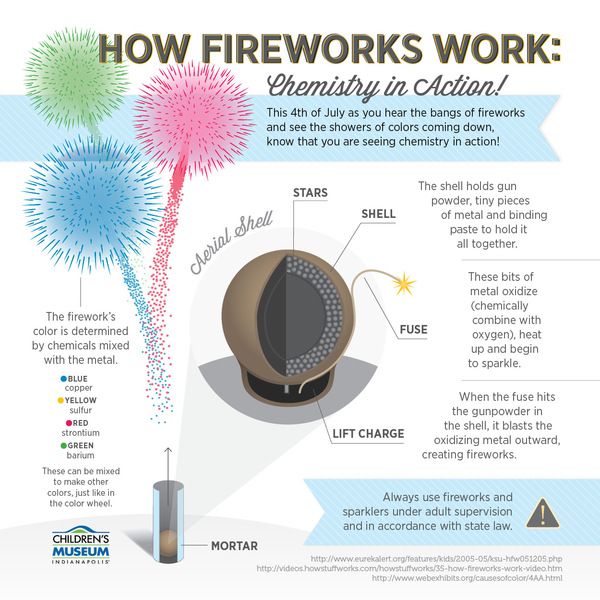 e. the same signal is transmitted, only with the opposite sign).
e. the same signal is transmitted, only with the opposite sign).
Six consecutive bits with the same level define the end of the CAN frame.
Coincidentally, other parts of the CAN frame may contain more than five consecutive bits with the same level.
To avoid this bit mark, if five consecutive bits with the same level appear, the opposite bit is inserted at the end of the CAN frame. These bits are called staff bits (garbage bits). CAN receivers (signal receivers) ignore these bits.
With input fields, all data of a CAN frame can be specified and therefore every CAN message can be sent.
The inserted data is immediately updated in the CAN frame, in this example the data length will be changed from one byte to 8 bytes and shifted back one byte.
The description text indicates that the turn signal will be controlled with the identifier "2C1" and data bits 0 and 1.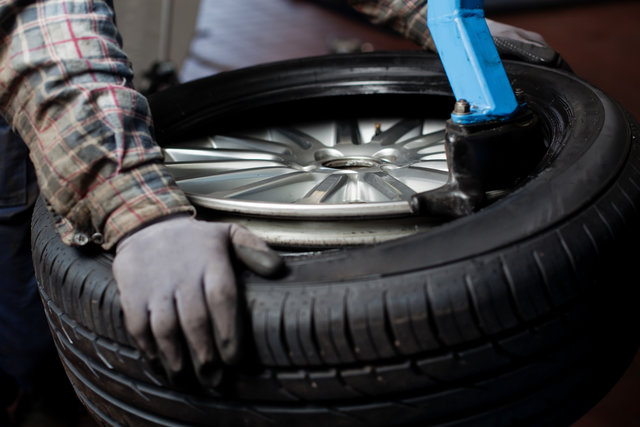 All data bits are reset to 0.
All data bits are reset to 0.
The identifier is set to ""2C1". To activate the turn signal, the data bit must be set from 0 to 1.
In salon mode, you can control the entire module with simple mouse clicks. The CAN data is set automatically according to the desired action.
Turn signal lamps can be set to low beam to work as a DRL. The brightness will be controlled by pulse-width modulation (PWM), in accordance with the capabilities of modern diode technology.
Now we can activate the low beam headlights, fog lights, brake lights and high beam headlights.
When the dipped beam is turned off, the fog lights are also turned off. The control logic of the CANBASIC light system corresponds to Volkswagen cars. Ignition and "come home" features are also included.
With a signal node, you can read the sensor signal after an initiating remote request.
In remote request mode, the second CAN frame will be received and displayed below the sent CAN frame.